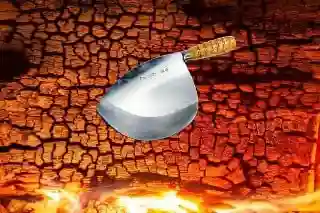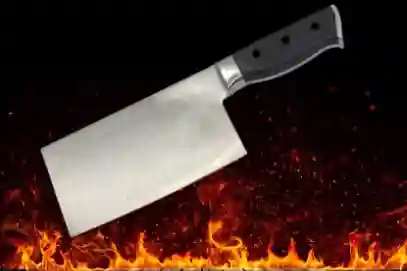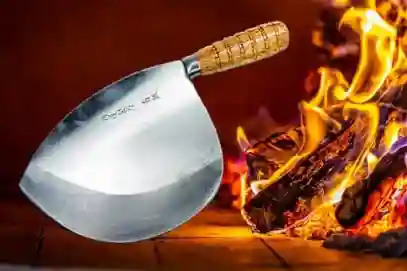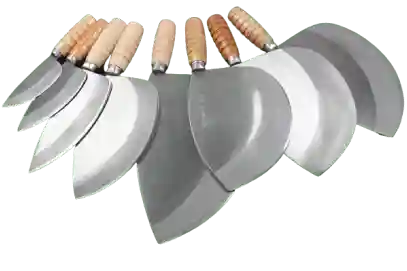Guided sharpening vs freehand sharpening and our Faceook group
Guided sharpening systems and sharpening jigs have come a long way in the past few years. Once considered cheap training wheels, they are now some of the best sharpening methods available for knife users. The present knife sharpening systems on the market are much more intuitive to use, and offer a much greater level of accuracy, consistency, and repeatability. Simply stated, you can go zero to hero due to the very short learning curve associated with these systems.
Freehand sharpening is the "old school" or traditional method of sharpening and generally has a much longer learning curve before achieving the same results as guided systems or jigs. There is often the greater sense of achievement and manliness with mastering freehand sharpening.
So what's the difference between guided systems and freehand sharpening? The major benefit to guided sharpening is that it offers a superior level of accuracy and repetition with positive results from the very first use. Freehand sharpening - once mastered - offers speedy adjustment making on the fly.
Both guided and freehand sharpening require skill and technique building for achiveing the best results - they just differ because they are different methods. The satisfaction level is actually exactly the same because all sharpening is about overcoming the obstacles put forth by the tool or knife in hand, and not about arguing over the method.
Because of this, we started the Guided Sharpeners Facebook Group. All levels and types of sharpeners are welcome. For us, it's about the sharpening journey.




